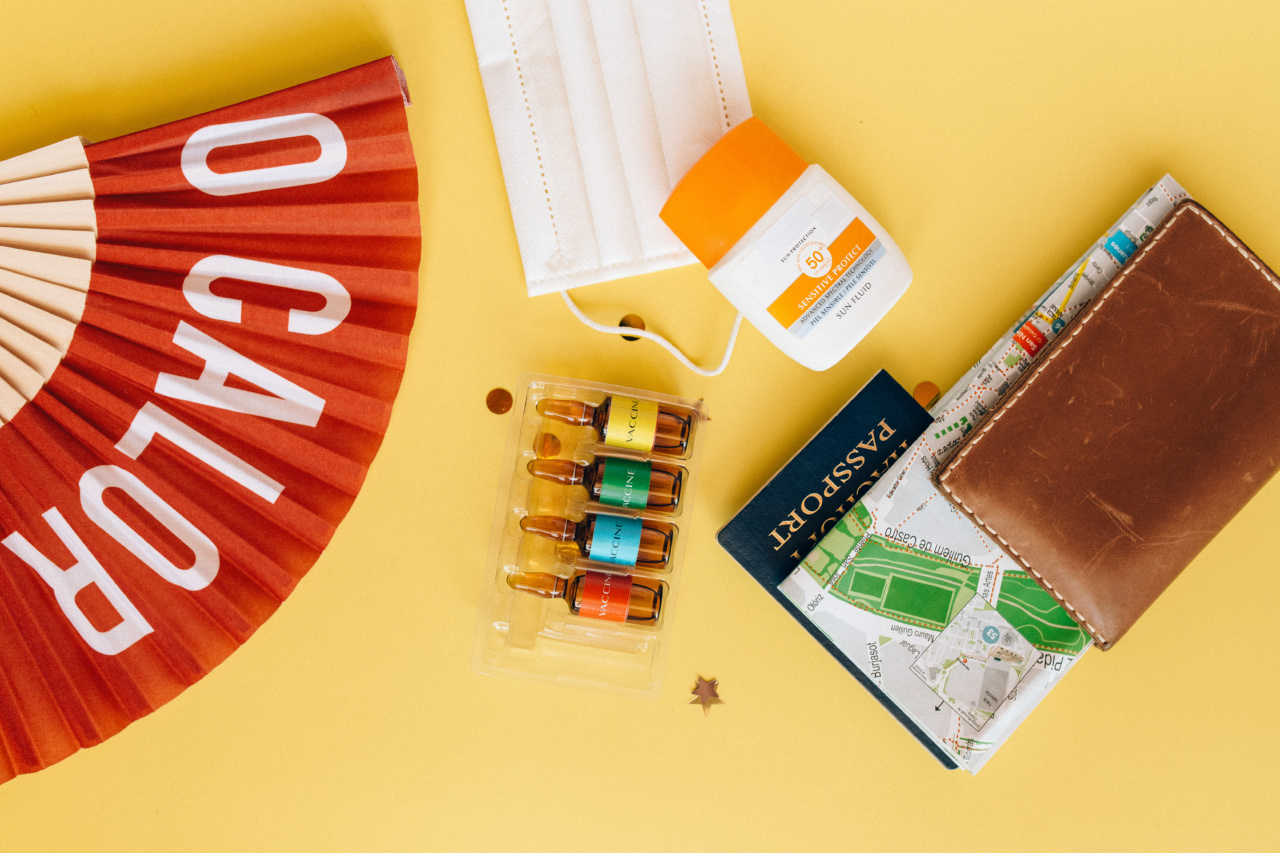Melanoma, a type of skin cancer, is a growing concern worldwide. According to the American Cancer Society, melanoma accounts for the majority of skin cancer deaths, making it a significant public health issue.
While melanoma is more common in adults, it can also affect infants and children. Protecting infants from harmful UV radiation is crucial in preventing melanoma and other skin-related conditions.
Melanoma and Infants: Understanding the Connection
It might seem surprising, but even infants are susceptible to developing melanoma. Melanoma in infants is rare, accounting for only about 2% of all pediatric cancers. However, it can be more aggressive and challenging to treat compared to adult melanoma.
One primary reason for this increased vulnerability is that a baby’s skin is thinner and more delicate than an adult’s.
Additionally, infants have less melanin, the pigment that provides some level of natural protection against the sun’s harmful UV rays. As a result, infants have a higher risk of sunburn and developing skin cancer.
The Role of Sunscreen in Protecting Infants
Sunscreen plays a vital role in protecting infants from the harmful effects of UV radiation. Using sunscreen on babies six months or older is a recognized method of safeguarding their sensitive skin.
However, it is important to note that sunscreen should not be the only line of defense against the sun.
Choosing the Right Sunscreen for Infants
When selecting a sunscreen for infants, there are a few key factors to consider:.
1. SPF (Sun Protection Factor) – Look for a sunscreen with an SPF of 30 or higher. SPF indicates the level of protection against UVB rays, which are responsible for sunburns and can contribute to skin cancer development.
2. Broad Spectrum – Ensure that the sunscreen offers broad-spectrum protection, which means it shields against both UVA and UVB radiation. UVA rays are associated with skin aging and can also contribute to skin cancer.
3. Physical Sunscreen – Opt for a physical sunscreen that contains ingredients like zinc oxide or titanium dioxide. These substances form a protective barrier on the skin’s surface, reflecting and scattering UV rays away from the body.
4. Fragrance and Chemical-Free – Infants’ skin is delicate and often sensitive. Choose a sunscreen that is free from fragrances and harsh chemicals that could potentially irritate the skin.
Safe Sunscreen Application for Infants
Knowing how to apply sunscreen correctly to infants is crucial for effective protection:.
1. Timing – Apply sunscreen at least 15 to 30 minutes before going outside to allow it to absorb into the skin properly.
2. Full Coverage – Pay attention to all exposed areas, including the face, ears, neck, hands, and feet. Be gentle when applying sunscreen around the eyes.
3. Reapplication – Reapply sunscreen every two hours or more frequently if the baby is sweating or in water. Water-resistant sunscreen is particularly beneficial for infants.
4. Protective Clothing – Along with sunscreen, dress infants in lightweight, long-sleeved clothing, wide-brimmed hats, and sunglasses for further protection from the sun.
The Risks of Sunscreen Use in Infants
While sunscreen is crucial for protecting infants, it is important to use it correctly and be aware of potential risks:.
1. Age Restrictions – It is generally recommended to avoid using sunscreen on babies under six months of age. Instead, protect them from direct sunlight through shade, clothing, and hats.
2. Allergic Reactions – Some infants may develop an allergic reaction to certain sunscreen ingredients. Perform a patch test on a small area of skin before applying sunscreen all over.
3. Inhalation Hazard – Avoid using aerosol sunscreens on infants, as they may inhale the particles. Stick with creams or lotions for safer application.
Public Awareness and Education
Increasing public awareness about the importance of sunscreen use in infants is crucial for melanoma prevention.
Healthcare professionals, childcare providers, and parents should actively promote sun-safe habits and ensure proper sun protection measures are in place for infants.
Conclusion
Melanoma prevention is a significant concern, even for infants. Choosing the right sunscreen, applying it correctly, and incorporating other sun protection measures can help protect infants from harmful UV radiation.
By prioritizing sun safety, we can contribute to reducing the incidence of melanoma and safeguarding the health of our youngest population.
























